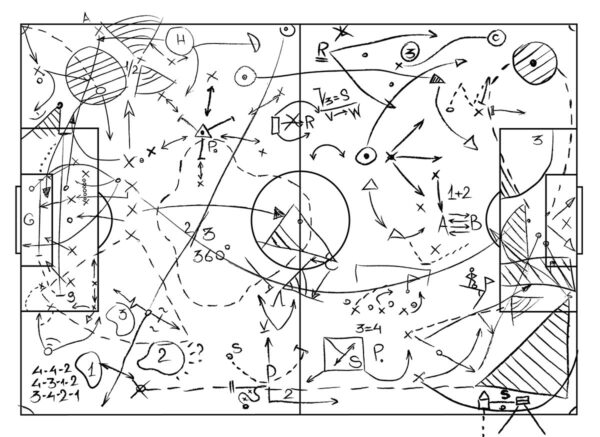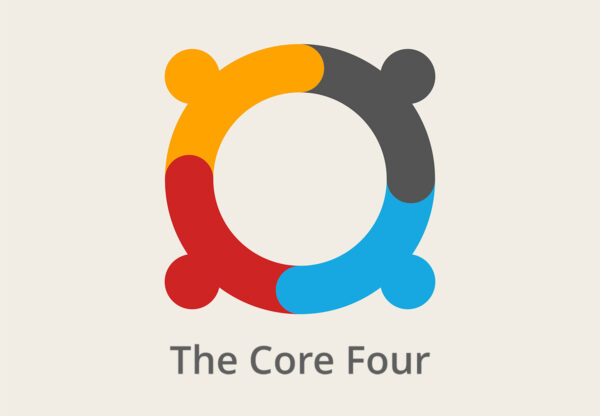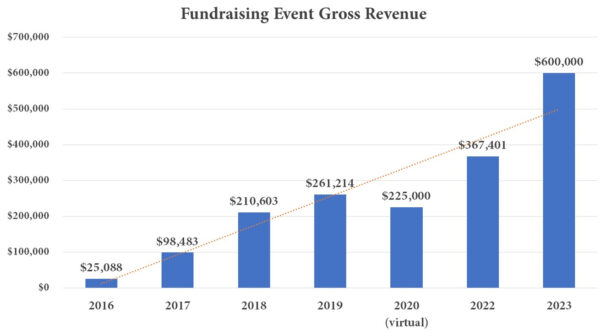My last post was an introduction to the idea that donors often make decisions to give (or not to give) based on information that has nothing to do with the organization or its programs.
When an organization first makes this realization, a whole new world is opened up.
They see that, instead of just looking for new inspirational ways to describe their work, they start using the tactics and approaches that the “Fundraisers who came before us” discovered were effective.
Examples include:
- Matching funds – “matching funds will double your impact!”
- A deadline – “Please send your gift by June 30th”
- Highlighting a need that’s happening soon – “The kids start arriving at camp in just a couple weeks!”
- A limited time opportunity – “If we don’t buy this piece of property for our new building, it’ll go up for public sale.”
The magic really starts to happen (and the money really starts to roll in) when you do what’s called “tactic stacking” – using multiple tactics at the same time.
Take a look at this paragraph, which “stacks” all four of the tactics mentioned above:
The kids will be arriving at our summer camp at the end of the month! [NEED THAT’S HAPPENING SOON] And I’m thrilled to tell you that matching funds will double your gift – you can help send two children to camp instead of one! [MATCHING FUNDS] This is the only chance to send a kid to camp this year. [LIMITED TIME OPPORTUNITY] So please send your gift before June 30th! [DEADLINE].
See how all those tactics work together to create a compelling argument for a donor to send in a gift today?
And that’s just the copy. Here are some of the Design tactics we could “stack on” to make this appeal even more compelling:
- Use illustrations of kids doing fun camp activities
- Have the reply device be designed to look like a “certificate” that’s “good for a day at camp for a child”
- An insert that lists the daily schedule at camp, where a child has written in all the activities they are excited to do
Once you start to learn all the tactics, creating fundraising becomes an endlessly fun, creative endeavor. You’re no longer constrained to just talking about the programs and outcomes of your organization; you’re unleashed to use human psychology and behavior science to build compelling cases for your organization.
Today, your organization is somewhere on the continuum between “we just describe our work and ask for support” and “using all the tactics all the time.”
So I’ll just ask you a simple question: what tactic or tactics could you apply to your next piece of fundraising?





